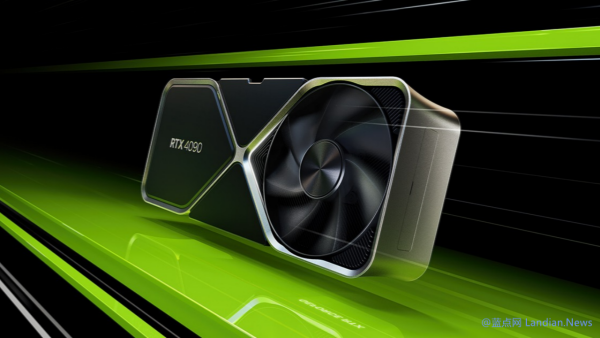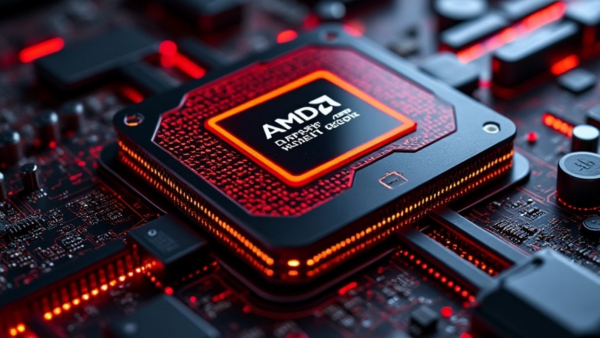NVIDIA AIB Partners Use Low-Cost Thermal Grease, Affecting Graphics Card Cooling After Months of Use
IGOR’s Lab has noticed that NVIDIA’s AIB partners are using low-cost thermal grease in their RTX 40 series graphics cards, which tends to lose its cooling efficiency after just a few months of use. The lack of reliable cooling can cause the graphics card chips to overheat, negatively affecting performance.
When running under continuous high load, the core temperature of the graphics cards can soar to 100 degrees Celsius, with fan speeds nearing 100%. Such conditions not only strain the graphics cards but also accelerate the aging process of other components, thereby shortening the lifespan of the cards.
Following feedback, the lab tested the RTX 4080 Gallardo and RTX 4080 TUF Gaming models and found that the issue was purely due to the thermal grease used. Reapplying a new layer of thermal grease resolved the issue.
Most AIB Partners Use Low-Cost Thermal Grease:
Investigations revealed that the majority of NVIDIA’s AIB partners are using this low-cost thermal grease, seemingly supplied by the same vendor. While it can deliver exceptional performance initially, its effectiveness degrades rapidly.
IGOR’s Lab conducted tests on a brand-new RTX 4080 Gallardo and found that a very thin layer of this thermal grease, applied evenly in a 60-degree Celsius environment, provided excellent cooling performance – comparable to some of the best thermal greases on the market. However, a thicker application resulted in significantly reduced cooling efficiency, though it was still within an acceptable range for graphics card operation.
Poor Material and Lifespan of the Thermal Grease:
Using a microscope, IGOR’s Lab discovered that the low-cost thermal grease was a peculiar oily mixture that dried out within minutes of being touched. Microscopic observation also revealed 16-micron particles within the grease – a size deemed too large for thermal grease, which also contained a considerable amount of aluminum oxide particles. While these particles can enhance thermal conductivity, they significantly reduce the lifespan of the grease. Over time, the oily mixture tends to dry out as it seeps away from the particles, leading to a rapid deterioration in cooling performance.
Conclusion:
The low-cost thermal grease provided by the same supplier to these AIB partners may offer excellent performance during testing but has a very short lifespan, drying out and losing its cooling efficiency within months.
For users, the solution is simply to reapply a more reliable thermal grease to their graphics cards. Failure to do so can lead to cooling issues, negatively affecting overall performance and lifespan. As for the AIB partners, it’s unclear whether they were misled by the supplier or if the decision was made in pursuit of lower costs. Using such low-quality thermal paste on high-priced graphics cards is questionable, and it remains to be seen whether these partners will switch to a different thermal grease supplier.










